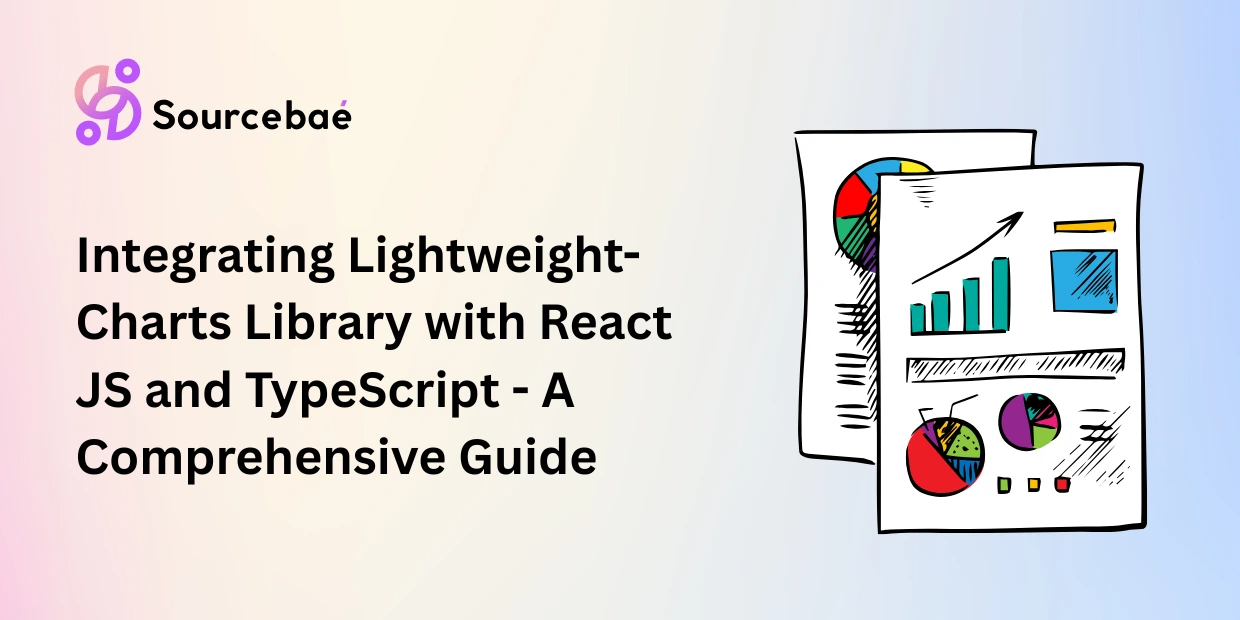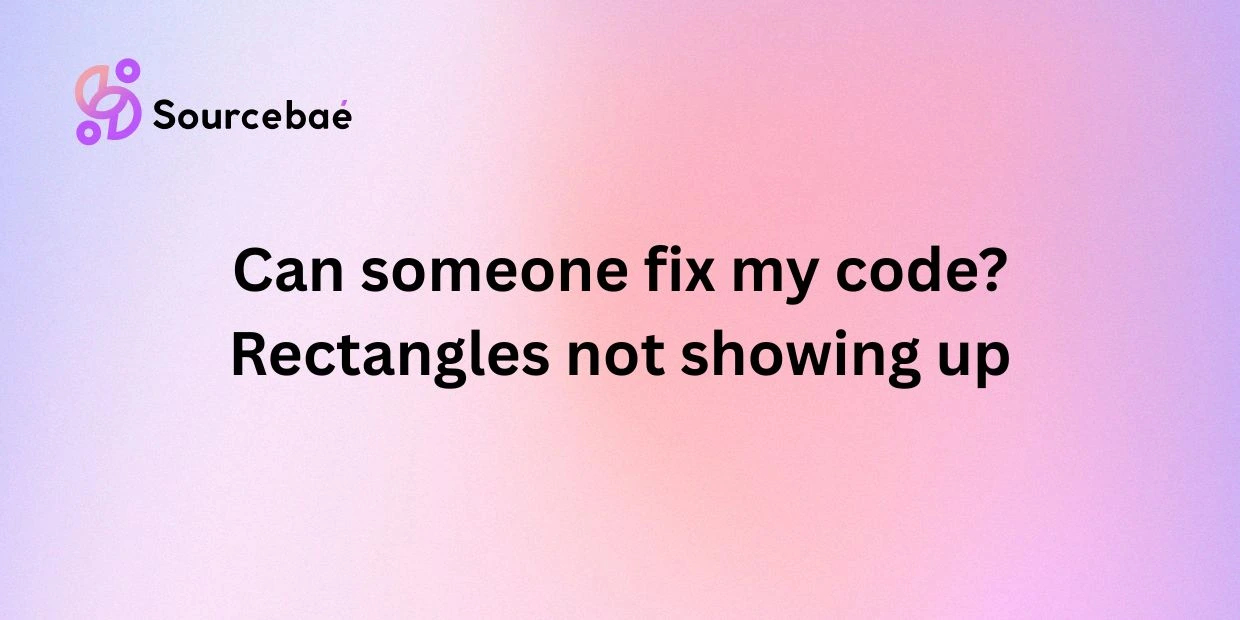In the realm of web development, React has gained immense popularity and is widely used in building user interfaces. However, there may be some confusion regarding React’s categorization whether it belongs to the frontend or backend domain.
In this article, we will delve into the topic and provide a detailed exploration of React’s nature, functionalities, and its position within the web development ecosystem. By the end, you will have a clear understanding of whether React is a front-end or backend technology.
Is React a frontend or a backend?
React is primarily a front-end technology that focuses on creating dynamic and interactive user interfaces. It allows developers to build reusable UI components that efficiently update and render specific parts of the web application. By leveraging React, developers can enhance the overall user experience, improve performance, and simplify the development process.
React follows a component-based architecture, where the UI is broken down into individual components that can be reused across different parts of the application. These components are responsible for managing their own state and rendering the appropriate user interface based on that state.
React itself is implemented using JavaScript, a programming language primarily associated with front-end development. It relies on the Document Object Model (DOM) to manipulate and update the web page content dynamically. This further reinforces the notion that React is a front-end technology.
The Benefits of React
Before delving deeper into React’s nature, let’s explore the benefits it brings to the table. Understanding these advantages will provide a holistic perspective on why React is a preferred choice for front-end development.
1. Component Reusability
React’s component-based architecture enables developers to create reusable UI components. These components can be easily shared and utilized across various parts of the application, leading to efficient development and maintenance.
2. Virtual DOM
React utilizes a Virtual DOM, a lightweight representation of the actual DOM. This approach allows React to perform efficient updates by comparing the current state of the Virtual DOM with the previous state, minimizing unnecessary re-renders. As a result, React applications exhibit optimal performance.
3. Unidirectional Data Flow
React follows a unidirectional data flow, which ensures predictable and maintainable code. Data flows in a single direction, from parent components to child components, making it easier to track and debug application behavior.
4. Ecosystem and Community Support
React boasts a thriving ecosystem and a vibrant community. This means there are numerous libraries, frameworks, and resources available to enhance and extend React’s capabilities. The strong community support ensures continuous growth, updates, and learning opportunities for developers.
React and Backend Integration
Although React is primarily a front-end technology, it can also be used in conjunction with backend technologies to create full-stack applications. React can communicate with backend servers through APIs, enabling seamless data exchange and real-time updates.
Developers often utilize frameworks like Express.js or Django to handle the backend logic and API endpoints, while React takes care of rendering the user interface and managing the application state. This integration allows for a powerful and dynamic user experience while leveraging the advantages of both front-end and backend technologies.
Read Also:
- Next.js vs. React: Choosing the Right Framework
- Optimizing Performance in React
- Tips to Hire React Developers
- Why Choose React Web Development
- Super() And Super(Props) In React
- Top 10 Books to Learn React JS
Frequently Asked Questions (FAQs)
FAQ 1: Can React be used for server side rendering?
Yes, React can be used for server-side rendering (SSR). Server-side rendering involves rendering React components on the server and sending the pre-rendered HTML to the client. This approach can improve performance, especially in scenarios where search engine optimization (SEO) and initial page load times are crucial.
FAQ 2: Is React only suitable for single page applications (SPAs)?
No, React can be used for both single-page applications (SPAs) and multi-page applications (MPAs). While React is commonly associated with SPAs, it can also handle complex MPAs by rendering different components for each page.
FAQ 3: Can React be used with other front-end libraries or frameworks?
Yes, React can be easily integrated with other front-end libraries or frameworks. React’s flexible architecture allows developers to combine it with tools like Redux for state management or React Router for routing purposes. This compatibility ensures developers can leverage the best of various technologies to build robust applications.
FAQ 4: Does React support mobile app development?
Yes, React can be utilized for mobile app development through frameworks like React Native. React Native enables developers to build native mobile applications using React syntax and components. By sharing a single codebase, developers can create apps for both iOS and Android platforms efficiently.
FAQ 5: Is React the same as React Native?
No, React and React Native are distinct technologies. React is primarily used for web development and building user interfaces for web applications, while React Native is focused on developing native mobile applications. Although they share similarities in syntax and component structure, they have different use cases and target platforms.
FAQ 6: Can React be used with backend programming languages like Python or Java?
Yes, React can be used with any backend programming language. React is language-agnostic and can communicate with backend APIs using various protocols such as REST or GraphQL. This flexibility allows developers to choose their preferred backend technology while still benefiting from React’s powerful front-end capabilities.
Conclusion
In conclusion, React is primarily a front-end technology used for building dynamic and interactive user interfaces. It provides numerous benefits such as component reusability, a virtual DOM for efficient updates, and a vibrant ecosystem. While React is mainly associated with front-end development, it can be seamlessly integrated with backend technologies to create full-stack applications. By combining React with backend frameworks, developers can achieve powerful and scalable web applications.
Understanding the distinction between React as a front-end technology and its potential integration with backend technologies is crucial for aspiring developers and technology enthusiasts. By harnessing the power of React, developers can create exceptional user experiences and stay at the forefront of modern web development.






